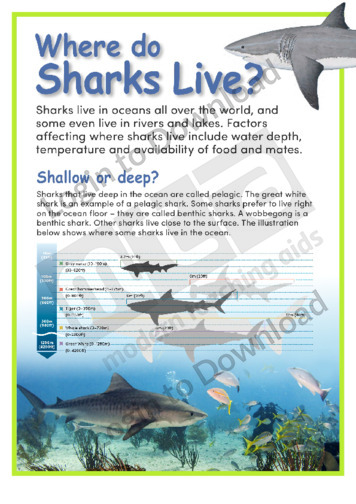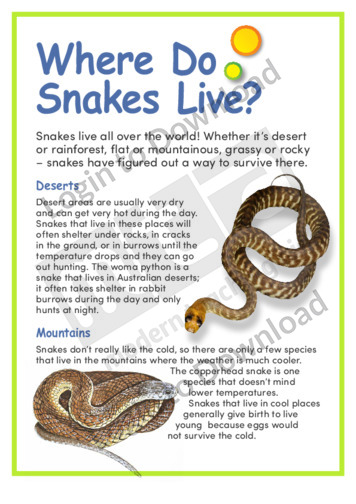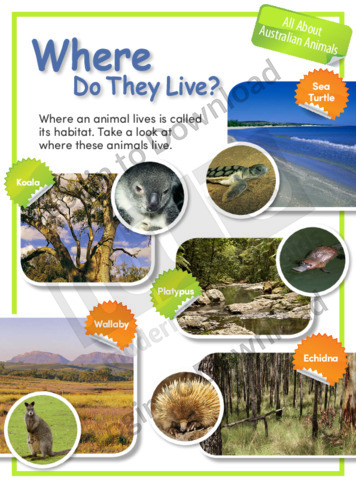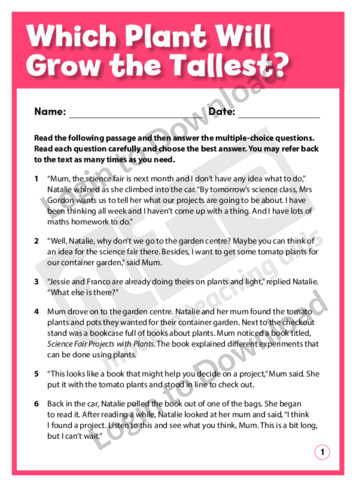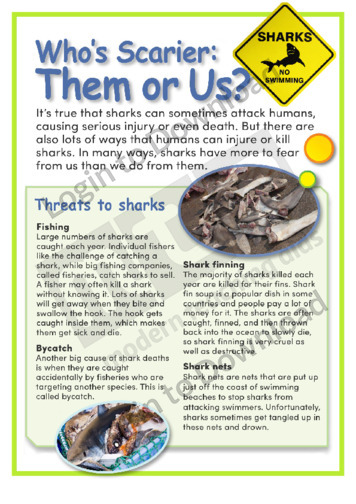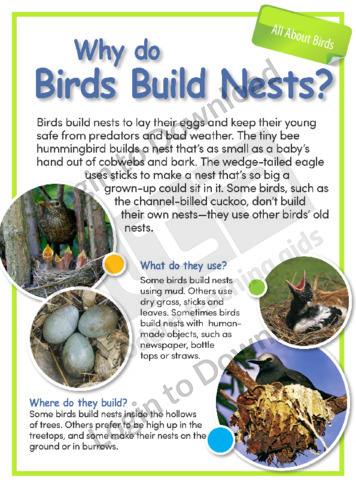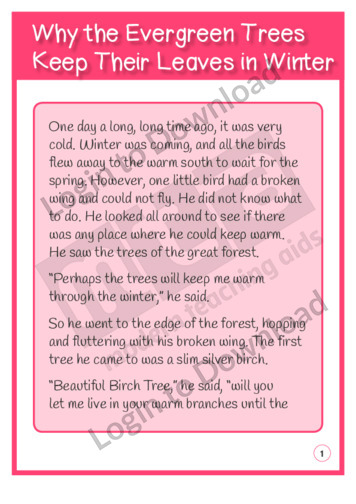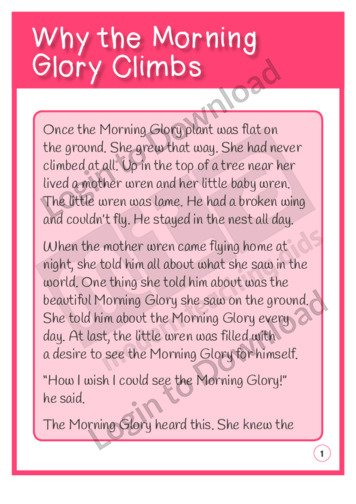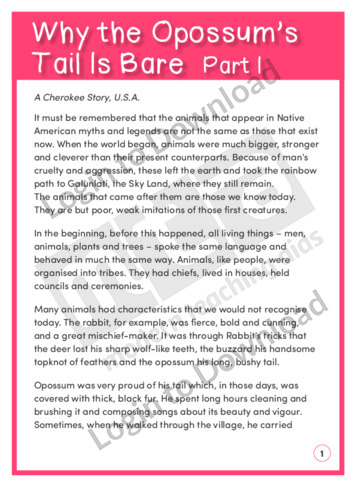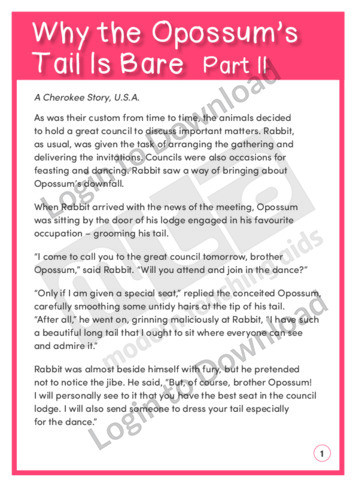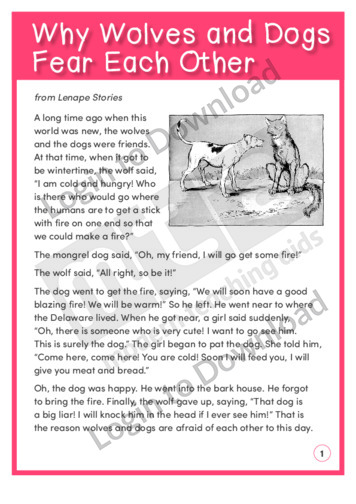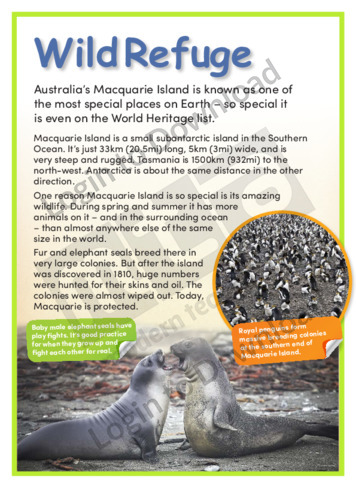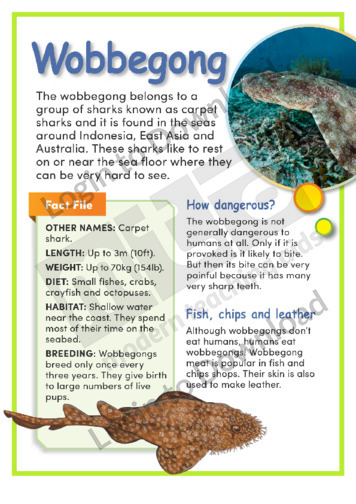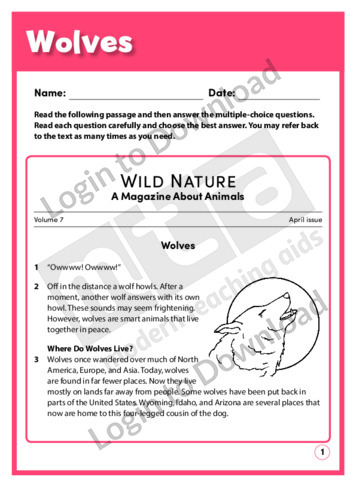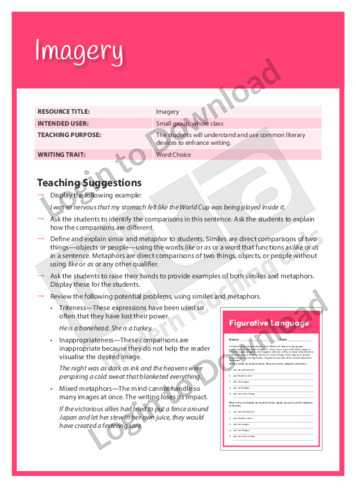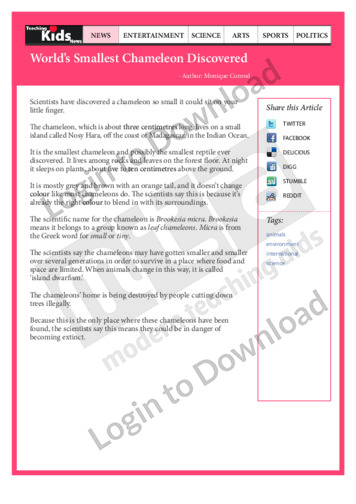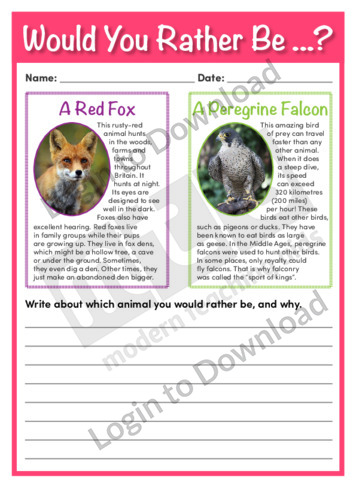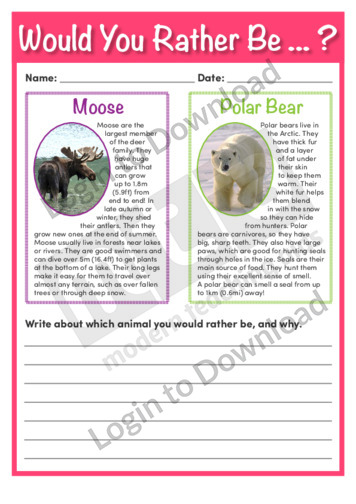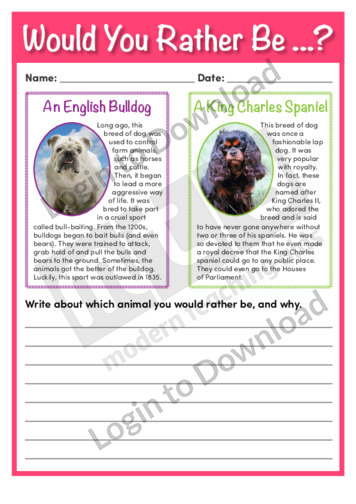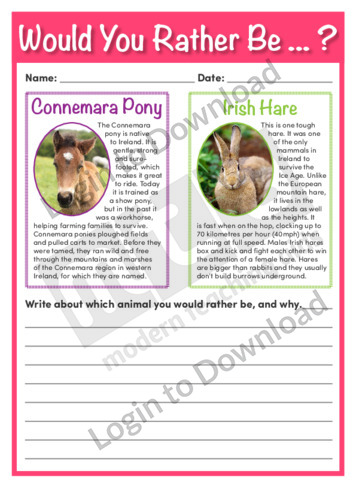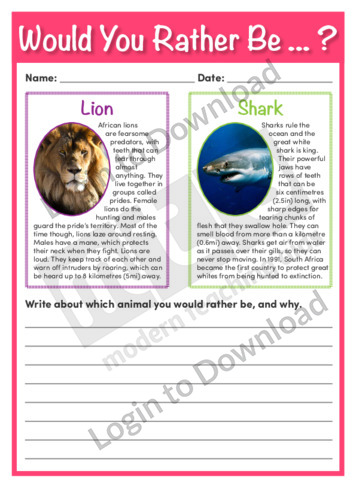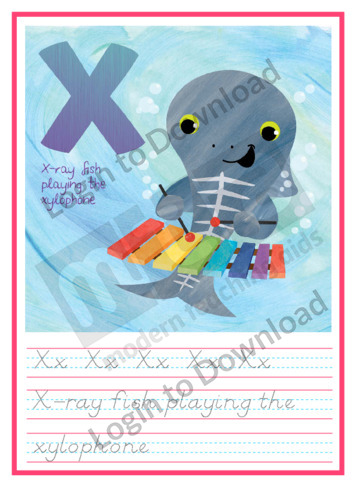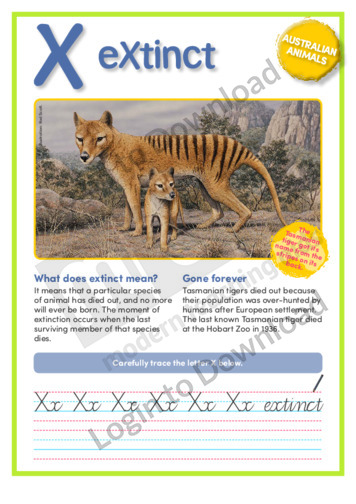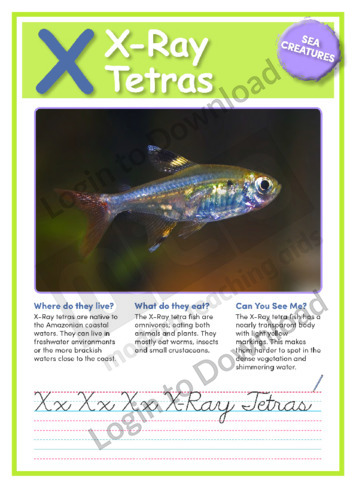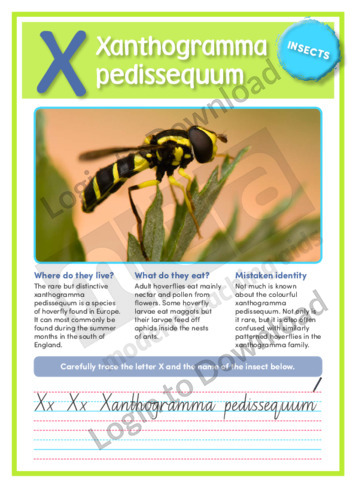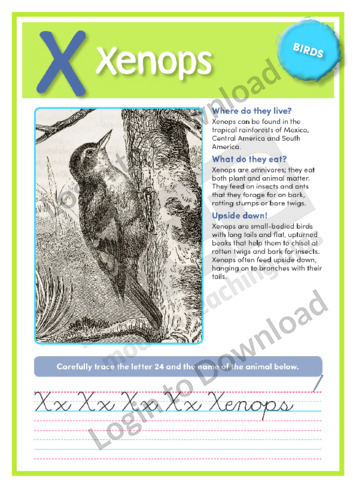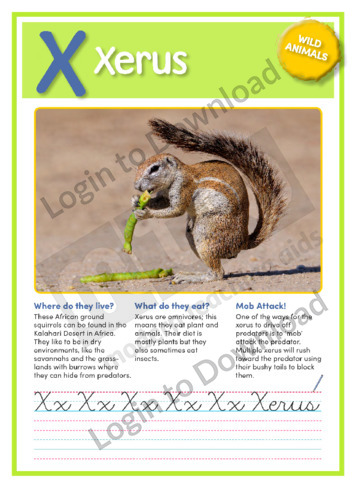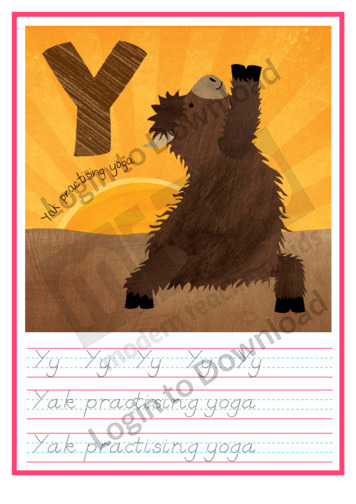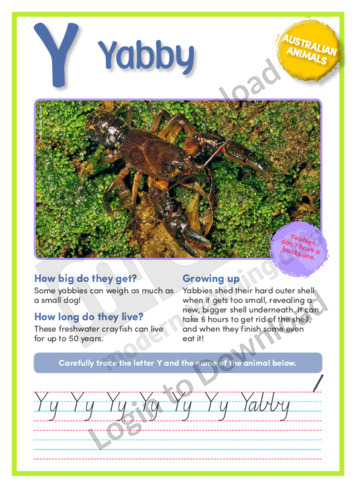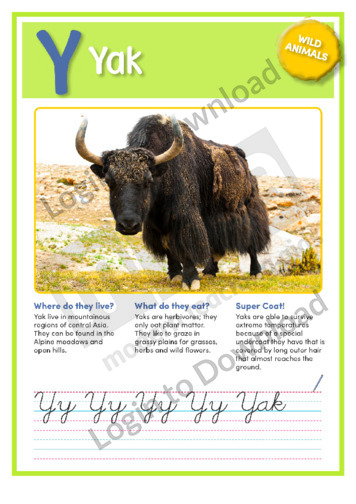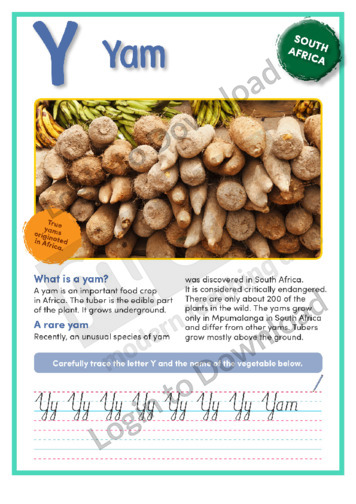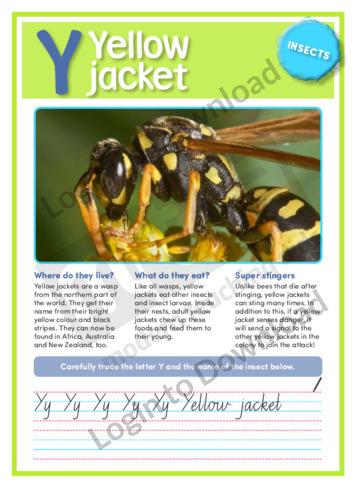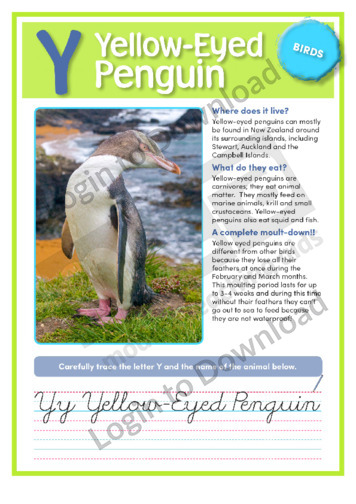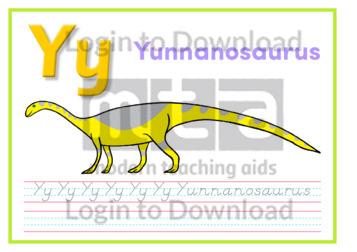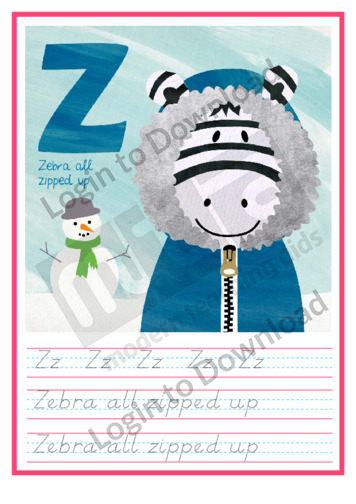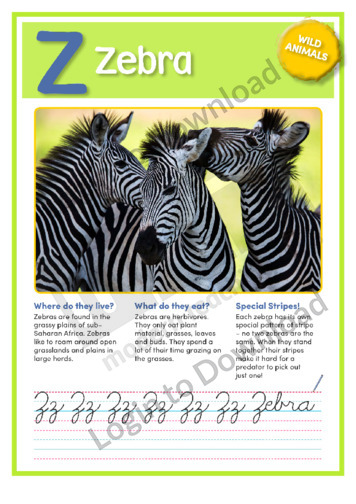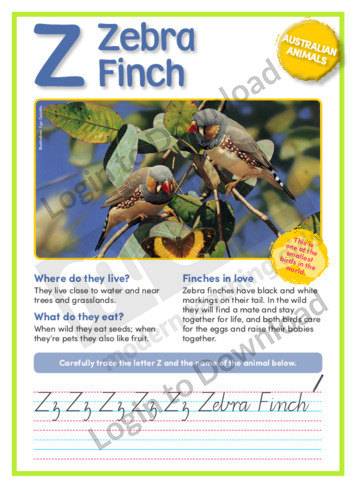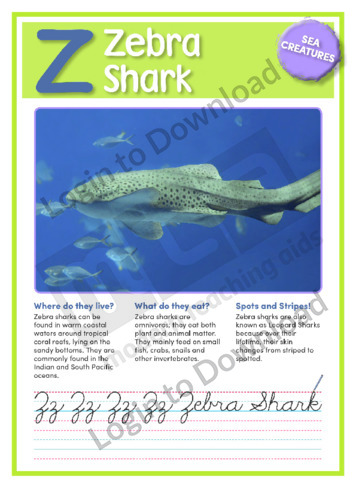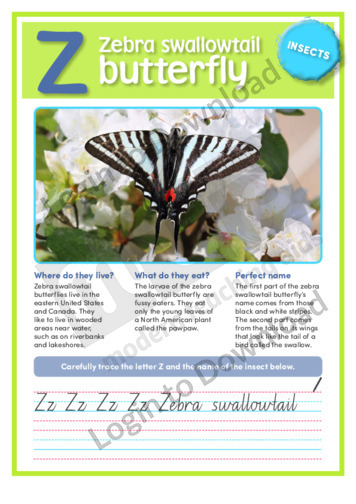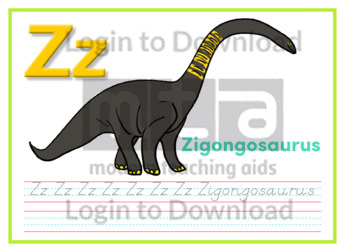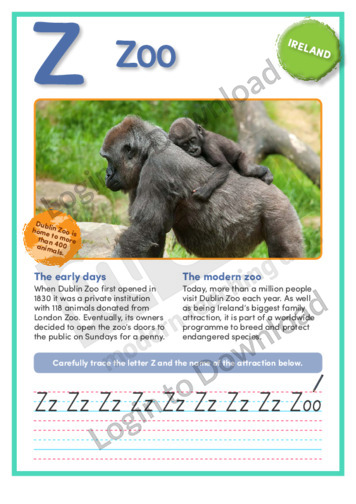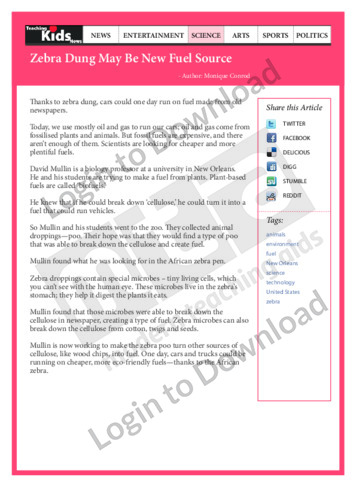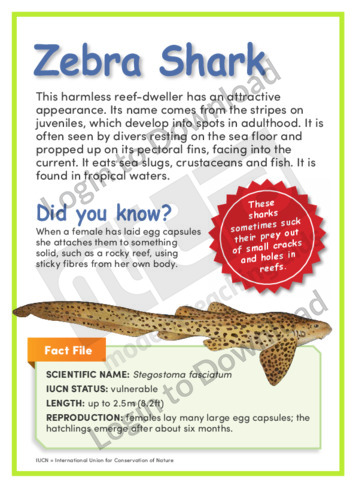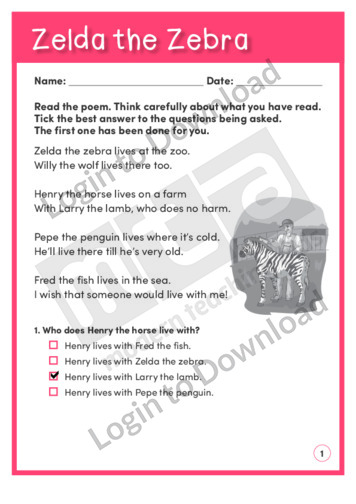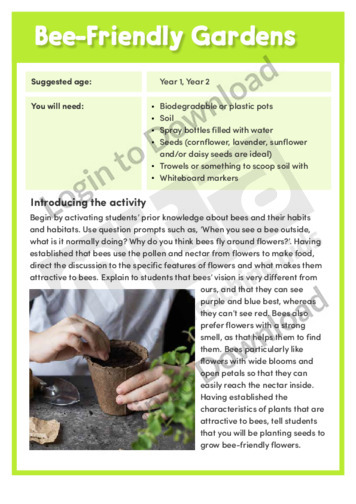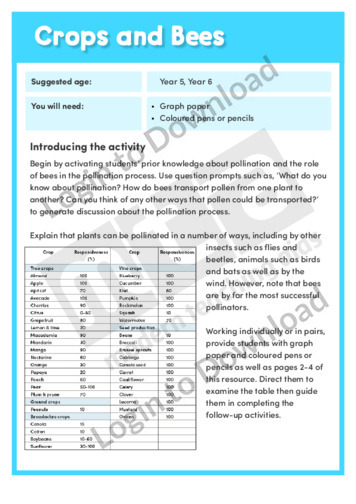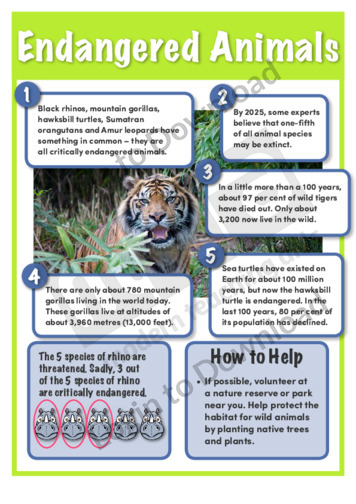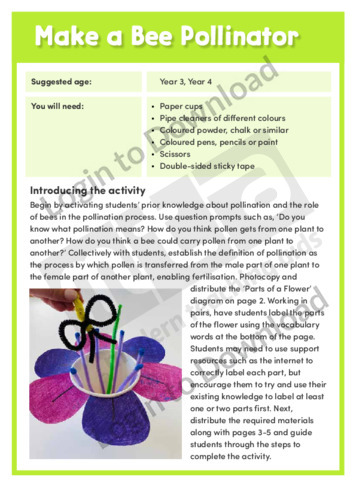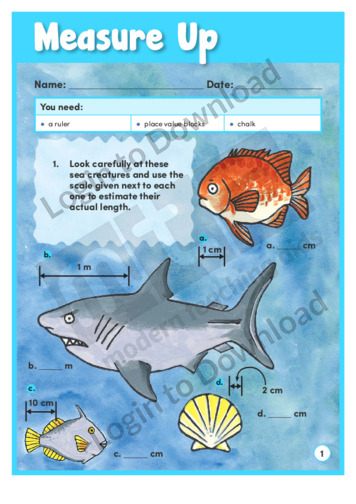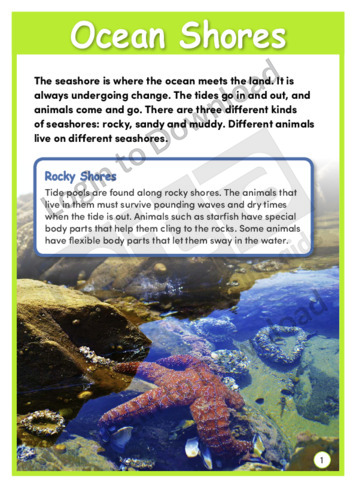This article, ‘Where do Sharks Live?’, provides information about which sharks live at different water depths and water temperatures. It includes an informative chart, a diagram and full-colour illustrations of relevant species.
This article, ‘Where Do Snakes Live?’ provides information about six different habitats that might be home to snakes. It also introduces students to various terms relating to snakes’ physical features and adaptations. The text is supported by colourful and engaging photographs.
This article, ‘All About Australian Animals: Where Do They Live?’, illustrates the habitats of different Australian animals. It is aimed at broadening students’ awareness of Australian animals and features colourful and engaging photographs.
This story, ‘Which Plant Will Grow Tallest?’ tells how a girl found and carried out an experiment for a school project. It includes instructions for the experiment. It provides opportunities for students to practise vocabulary and comprehension skills. Answer sheet provided with file download.
This vocabulary activity, ‘Who Am I?’ supports vocabulary development by encouraging students to identify female animal names.
This article, ‘Sharks: Who’s Scarier: Them or Us?’, provides information about threats to sharks by humans and how to avoid shark attack. It includes a list of strategies for avoiding sharks and contains full-colour photographs of sharks caught by commercial fisheries.
This article, ‘All About Birds: Why Do Birds Build Nests?’, explains how and why birds build nests. It provides factual information about bird nests and includes colourful and engaging photographs.
This reading comprehension activity, ‘Why the Evergreen Trees Keep Their Leaves in Winter’ asks students to answer questions about a tale of how some forest trees keep their leaves in winter. It is aimed at increasing students’ awareness of semantics and encourages students to recall information and draw conclusions.
This reading comprehension activity, ‘Why the Morning Glory Climbs’ asks students to answer questions about a tale of how the Morning Glory plant came to climb. It is aimed at increasing students’ awareness of semantics and encourages students to recall information and draw conclusions.
This reading comprehension activity, ‘Why the Opossum’s Tail Is Bare Part I’ asks students to answer questions about a Native American Cherokee tale. It is aimed at increasing students’ awareness of semantics and encourages students to recall information and think about word meanings and figurative language.
This reading comprehension activity, ‘Why the Opossum’s Tail Is Bare Part II’ asks students to answer questions about a Native American Cherokee tale. It is aimed at increasing students’ awareness of semantics and encourages students to recall information and think about word meanings.
This reading comprehension activity, ‘Why Wolves and Dogs Fear Each Other’ asks students to answer questions about a Native American tale of why wolves and dogs are afraid of each other.
This article, ‘Macquarie Island: Wild Refuge’, provides information about Australia’s Macquarie Island. It is aimed at broadening students’ geographical awareness and includes colourful and engaging photographs.
This article, ‘Sharks: Wobbegong’, provides information about this shark’s range, diet, habitat, appearance, camouflage and behaviour. It provides a detailed Fact File of statistics and also displays full-colour photographs that highlight the shark’s camouflage techniques.
This magazine article, ‘Wolves’ describes the habitats, appearance and behaviours of wolves. It provides opportunities for students to practise vocabulary and comprehension skills. Answer sheet provided with file download.
This kids news activity, ‘World’s Smallest Chameleon Discovered’ is about a tiny reptile found on an island near Madagascar.
This fun and engaging worksheet ‘A Fox or a Peregrine Falcon’, uses the popular Would You Rather game as a writing prompt for students to consider which of these two iconic British animals they would rather be and why. It is aimed at broadening students’ awareness of the symbols and icons associated with British culture …More
This fun and engaging worksheet, ‘A Moose or a Polar Bear’, uses the popular Would You Rather game as a writing prompt for students to consider which of these two iconic Canadian animals they would rather be and why. It is aimed at broadening students’ awareness of the symbols and icons associated with Canadian culture …More
This fun and engaging worksheet ‘An English Bulldog or a King Charles Spaniel’, uses the popular Would You Rather game as a writing prompt for students to explore which of these two different breeds of popular British dogs they would rather be and why. It is aimed at broadening students’ awareness of the symbols and …More
This fun and engaging worksheet ‘Connemara Pony or Irish Hare’, uses the popular Would You Rather game as a writing prompt for students to consider which of these two iconic Irish animals they would rather be and why. It is aimed at broadening students’ awareness of the symbols and icons associated with Irish culture and …More
This fun and engaging worksheet ‘Lion or Shark’, uses the popular Would You Rather game as a writing prompt for students to consider which of these two South African animals they would rather be and why. It is aimed at broadening students’ awareness of the symbols and icons associated with South African culture and can …More
This ‘Animal Alphabet: X: X-ray fish’ is an animal themed worksheet that provides opportunities for handwriting practice.
This short nonfiction text, ‘X: eXtinct’ provides factual information about extinct animals, looking closely at the Tasmanian Tiger.
This short nonfiction text, ‘X: X-Ray Tetra’ provides factual information about the X-Ray Tetra, exploring where they live, what they eat and other interesting facts.
This short nonfiction text, ‘X: Xanthogramma pedissequum’ provides factual information about the Xanthogramma pedissequum, exploring where they live, what they eat and other interesting facts. The resource also provides a photo of the insect and guided handwriting practice that can be used to supplement the informational text.
This short nonfiction text, ‘X: Xenops’ provides factual information about the Xenops exploring where they live, what they eat and other interesting facts.
This short nonfiction text, ‘X: Xerus’ provides factual information about the Xerus, exploring where they live, what they eat and other interesting facts.
This Animal Alphabet, ‘X: Xiaosaurus’ is a Dinosaur themed worksheet that provides opportunities for handwriting practice.
This ‘Animal Alphabet: Y: Yak’ is an animal themed worksheet that provides opportunities for handwriting practice.
This short nonfiction text, ‘Y: Yabby’ provides factual information about the Australian animal the Yabby.
This short nonfiction text, ‘Y: Yak’ provides factual information about the Yak, exploring where they live, what they eat and other interesting facts.
This short nonfiction text ‘Y: Yam’ features important factual background information relating to the important food crop and a recently discovered yam found in South Africa. It is aimed at broadening students’ awareness of the natural produce and resources found in South Africa and also features an activity for students to practise their handwriting.
This short nonfiction text, ‘Y: Yellow jacket’ provides factual information about the Yellow jacket, exploring where they live, what they eat and other interesting facts. The resource also provides a photo of the insect and guided handwriting practice that can be used to supplement the informational text.
This short nonfiction text, ‘Y: Yellow-Eyed Penguin’ provides factual information about the Yellow-Eyed Penguin, exploring where they live, what they eat and other interesting facts.
This short nonfiction text, ‘Y: Yellowtail’ provides factual information about the Yellowtail, exploring where they live, what they eat and other interesting facts.
This Animal Alphabet, ‘Y: Yunnanosaurus’ is a Dinosaur themed worksheet that provides opportunities for handwriting practice.
This ‘Animal Alphabet: Z: Zebra’ is an animal themed worksheet that provides opportunities for handwriting practice.
This short nonfiction text, ‘Z: Zebra’ provides factual information about the Zebra, exploring where they live, what they eat and other interesting facts.
This short nonfiction text, ‘Z: Zebra Finch’ provides factual information about the Australian animal the Zebra Finch.
This short nonfiction text, ‘Z: Zebra Shark’ provides factual information about the Zebra Shark, exploring where they live, what they eat and other interesting facts.
This short nonfiction text, ‘Z: Zebra swallowtail butterfly’ provides factual information about the Zebra swallowtail butterfly, exploring where they live, what they eat and other interesting facts. The resource also provides a photo of the insect and guided handwriting practice that can be used to supplement the informational text.
This Animal Alphabet, ‘Z: Zigongosaurus’ is a Dinosaur themed worksheet that provides opportunities for handwriting practice.
This short nonfiction text, ‘Z: Zone-Tailed Hawk’ provides factual information about the Zone-Tailed Hawk, exploring where they live, what they eat and other interesting facts.
This short nonfiction text, ‘Z: Zoo’ features important factual background information about Dublin Zoo. It is aimed at broadening students’ awareness of the symbols and icons associated with Irish culture and also features an activity for students to practise their handwriting.
This kids news activity, ‘Zebra Dung May Be New Fuel Source’ is about research into alternative sources of eco-friendly bio-fuels.
This article, ‘Zebra Shark’, provides information about the physical characteristics, behaviour, habitat, diet and life cycle of this shark. A quick reference fact file includes scientific name and IUCN status. The text is accompanied by a large illustration of the shark.
This reading comprehension activity, ‘Zelda the Zebra’ asks students to answer questions about a short poem, which is about different animals and where they live. It is aimed at developing students’ awareness of semantics and encourages them to recall details from the poem.
This hands-on learning activity supports teachers in directing students through the process of planting seeds and observing and recording their changes as they grow into bee-friendly plants. The activity begins with some question prompts for teachers to engage students’ existing knowledge about bees and encourage them to consider their habitat and needs. Teachers are then …More
This maths activity uses real-world data to engage students in discussions and observations about the importance of pollination in food production in Australia. The activity begins with some question prompts for teachers to engage students’ existing knowledge about pollination and how bees contribute to pollination. Students are then provided with a table listing crops and …More
This science article, ‘Endangered Animals’ features five facts about animals that are endangered on planet Earth. It provides factual information, as well as ways to help animals. It is aimed at broadening students’ scientific and environmental awareness.
This hands-on STEM activity provides students with a visual demonstration of the role of bees in the pollination process to further solidify their understanding of the importance of bees in pollination and food production. The activity begins with some question prompts for teachers to engage students’ existing knowledge about pollination and how bees contribute to …More
In the learning activity, ‘Measure Up’, students use scales to determine the size of a variety of sea creatures. With teacher support, students can determine the best units of measurement to use for different objects. An answer sheet is provided and includes accompanying teaching notes with suggestions for supporting learning and further exploration.
This science article, ‘Ocean Shores’ features three different seashores. It provides factual information about rocky, muddy and sandy ocean shores. It is aimed at broadening students’ scientific and geographical awareness in an engaging manner.
It�s that easy!

